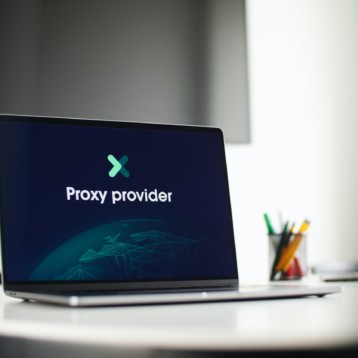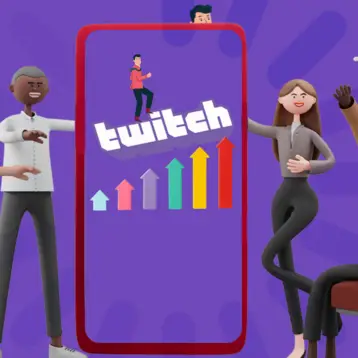|
P4P stands for “provider portal for Peer–to–Peer (P2P) applications”. Developed by Professors Avi Silberschatz, Y. Richard Yang, and Ph.D. candidate Haiyong Xie, faculty members at Yale‘s Department of Computer Science, the system would make for more precise and uninterrupted communications between ISPs and P2P applications.
Over the past 10 years, the increased usage of the internet has caused computers to run less efficiently, while placing a burden on the existing bandwidth for transmitting data. In 1998, the percentage of Internet traffic committed to the download and upload of large blocks of data using P2P software was only 10 percent. Currently download and upload numbers have increased dramatically to 70 percent. In comparison, the usage of web browsing and e-mail has decreased from 60 percent in 1998 to 20 percent today for web browsing and from 10 percent to 5 percent for e-mail usage.
P4P can lower the cost to ISPs and enhance the operation of P2P applications. According to Silberschatz: “The existing schemes are often both inefficient and costly — like dialing long-distance to call your neighbor, and both of you paying for the call”. To facilitate data transfer, the current P2P information exchange system is “network-oblivious” and uses complex protocols for bandwidth access.
Yang states that, “Right now the ISPs and P2P companies are dancing with the problem — but stepping on each other’s toes. Our objective is to have an open architecture that any ISP and any P2P can participate in”. The project is funded by Yale without immediate financial interest, but joins forces with a working group called P4P, which was formed in July 2007.
The working group is hosted by DCIA (Distributed Computing Industry Association), and is co-chaired by Doug Pasko from Verizon and Laird Popkin from Pando. More than 50 other major organizations are also currently contributing to the venture. Silberschatz reiterates that the new technology has the potential to significantly improve the internet. He comments, “The P4P architecture extends the Internet architecture by providing servers, called iTrackers, to each ISP. The servers provide portals to the operation of ISP networks”.
In a field test conducted by Silberschatz and his team using the Pando software in March 2008, the P4P system decreased inter-ISP traffic by an average of 34 percent, increased delivery speeds to end users by up to 235 percent across US networks, and up to 898 percent across international networks.
Silberschatz says that, “ISPs like AT&T, Comcast, Telephonica and Verizon and the P2P software companies like Pando each maintains its independence, the value of the P4P architecture is significant, as demonstrated in recent field tests,” even with the positive outcomes, the companies are still afraid of losing their independence.
|
With P4P possibly managing downloads within a few years, the only people who should be apprehensive about the development are the recording and movie industry’s legal teams. Although users might fear privacy implications of the increased ISP participation with P4P traffic, security breechs are highly unlikely as ISPs already transmit all P2P traffic and can create monitors for the process at any time, as is. Instead, the new system will merely help save money and time for the users.
TFOT has previously written about ‘Quickies’ which are Intelligent Sticky Notes which are essentially Post-its with a twist – the notes written on them can be managed by a PC. You can also check out our article about the terrible End of Sick Days, which highlights technology enabling employers to determine if an employee is being truthful about their condition when calling in sick. Another interesting TFOT article is the human powered search engine named Mahalo; unique because returned search results are selected from a set of pre-defined links that were hand-picked by real people, as well as by filtration of any results that do not meet the engine’s strict requirements, allowing users only the best information.
More information on P4P research can be found at the Yale University website.







![Guide To Using JCP Kiosk – [ Features & Benefits ]](https://thefutureofthings.com/wp-content/uploads/2024/03/image-4-358x358.png)





